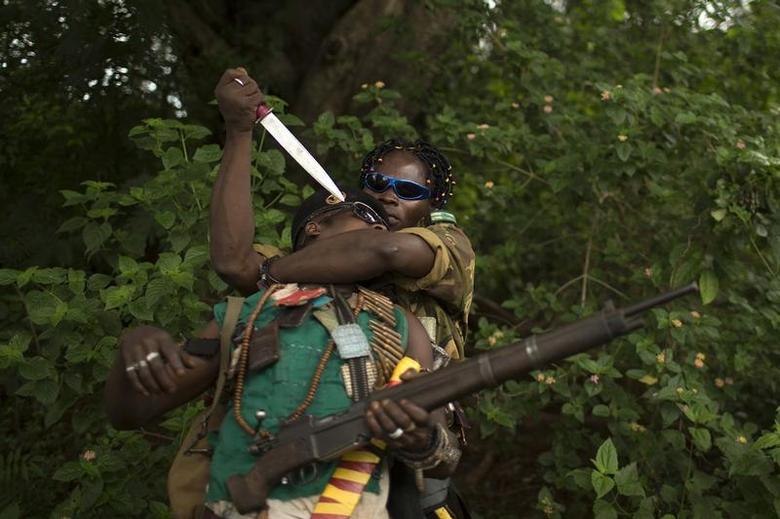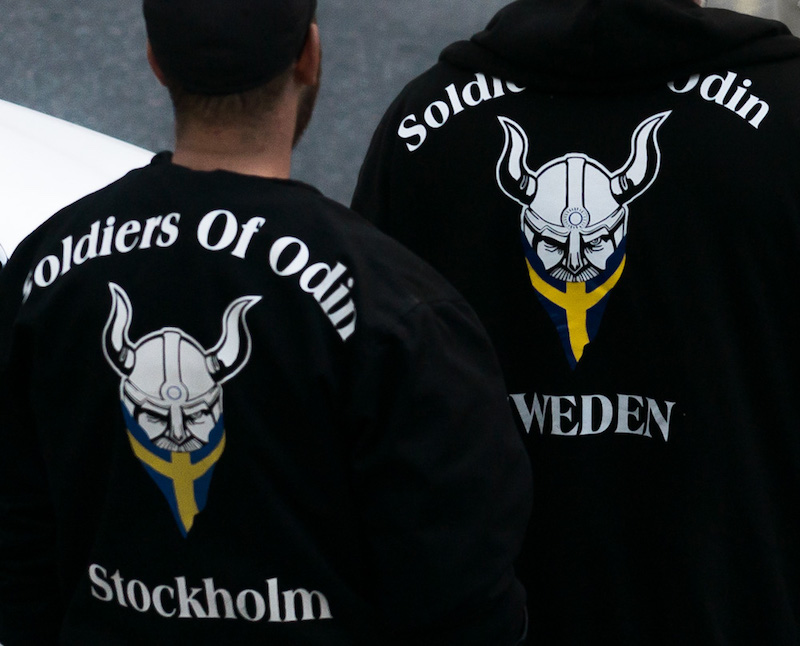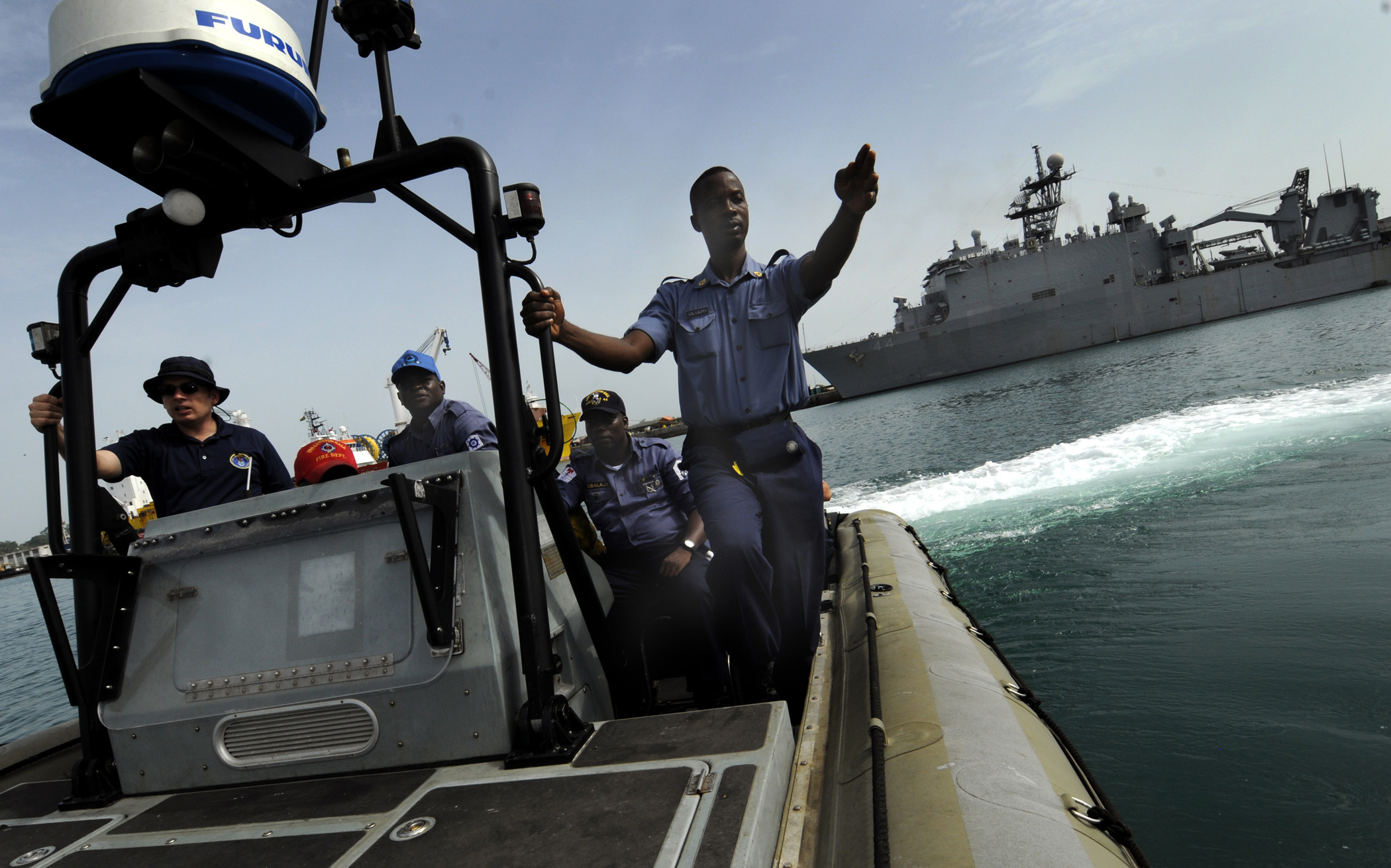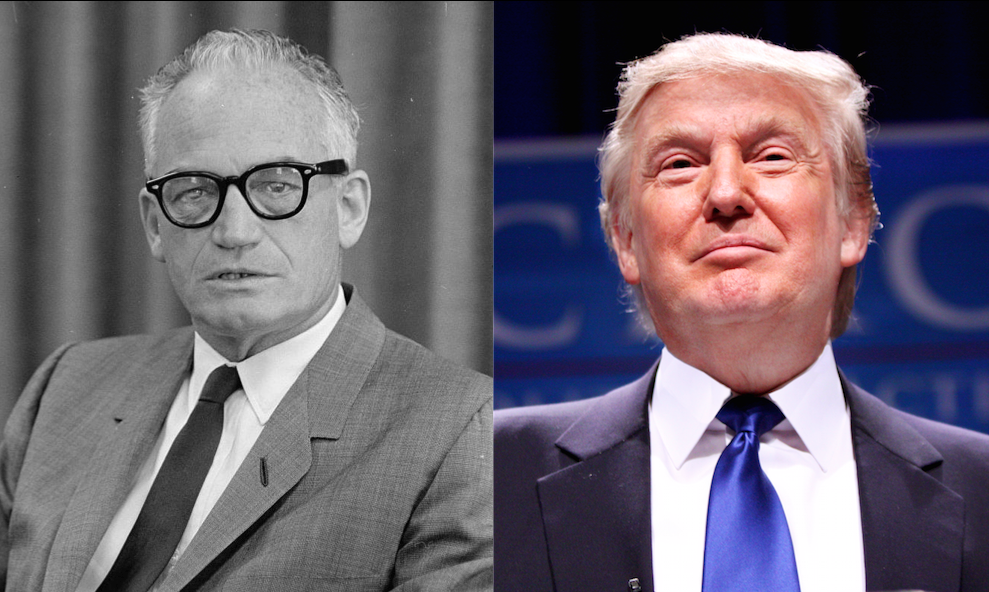NATO is strategically oriented towards deterring Russian expansion: a key premise of its existence. However, having assumed the mantle of ‘defending Europe,’ it has, over time, been compelled to adapt to other security threats that afflict its member-states. Nonetheless, from its intervention in Libya and the War in Afghanistan, to developing policies against China, these initiatives have either been lamentably slow or in done in haste – resulting in miscalculations (e.g., Libya’s Civil War), incompetence and complacency, respectively, as interests are eroded.
If this status quo is to be altered, strategic awareness is key – with the alliance taking note of conflicts several tiers beyond its immediate periphery, and pre-empting their potential impacts on member-state security. Nowhere is this more relevant than sub-Saharan Africa – a tinderbox of post-colonial conflict that may swell the influx of refugees to Europe. To that end, furthering such awareness, the following report describes the ongoing civil war in the Central African Republic, a sub-Saharan nation in ‘Françafrique’ ranking as one of the world’s most unstable.
A History of the Ubangi-Shari
Since its independence in 1960, the Central African Republic (CAR) has constantly faced political instability – with nine coups d’état attempted against the state, five of which have succeeded. In each instance, the new regime has faced armed opposition, fostering a continuum of inter-related conflicts.
The present conflict stems from the coup d’état against the CAR’s democratically-elected President, Ange-Félix Patassé, in 2003. Conducted by General François Bozizé Yangouvonda, a former staff officer, the act prompted an insurrection by armed groups from the CAR’s Northern Prefectures known as the ‘Bush War.’ These groups organized against efforts by Bozizé’s Administration to enhance state control over the region’s diamond production industry – perceived as an attempt at industry capture. The insurrection also drew support from village communities in the North – fuelling militia recruitment – viewing the Administration as negligent in providing public services to non-Gbaya ethnic communities.
Bozizé’s Administration, unable to secure a military victory, signed two peace accords – in 2008 (i.e., the Libreville Accord) and 2012 – with separate armed groups to end the conflict. These imposed conditions on the state – inter alia, a ceasefire and DDR process for opposition combatants – on which little progress was evinced.
In response, parties to the former agreements (of Muslim majority) formed the Séléka (i.e., Union) in December 2012 to resume combat. On March 24th 2013, the Séléka invaded Bangui and deposed President Bozizé – precipitating a total collapse of state institutions, which was followed by violence against non-Séléka and Southern, Christian communities by armed groups. Michel Djotodia – the Séléka-installed president – was unable to prevent other Séléka groups from acts of pillage against ethnic minorities, and formally dissolved the union on September 13th, 2013. However, these groups – known subsequently as ‘ex-Séléka’ actors, yet no longer acting in concert – persisted in military and exploitative operations, seeking to establish territorial control. In response, affected Christian communities operationalized village protection units, formed under Bozizé for local security, to oppose ex-Séléka Muslim forces, known as the ‘anti-Balaka’ – i.e., Sango for ‘anti-machete’ and ‘anti-Kalashnikov’. The conflict, to date, involves combat between each of these actors, including among ex-Séléka groups. Moreover, anti-Balaka groups – accused of ethnic cleansing of Séléka-supportive Muslim communities – continue to militarily engage U.N. peacekeepers; while the FPRC proclaimed an autonomous ‘Republic of Logone’ on December 14, 2015, in the country’s northern prefectures.
Current Status: A Rumble in the Jungle

The conflict remains active between the government and international forces, ex-Séléka rebel militias and anti-Balaka militias, with each entity controlling indiscrete territory across the country. Ex-Séléka groups hold the largest territory – clustered primarily in the country’s Northern and Central regions, i.e., the prefectures of Vakaga, Haute-Kotto, Mbomou, Ouaka and Bamingui-Bangoran. Anti-Balaka groups hold effective control of territory inter-positioned between government and ex-Séléka forces as well as border regions in the Southeast – particularly, the municipalities of Bangassou and Mobaye. Together, these account for 80% of the Central African Republic’s (CAR) geographic area. The government, nominally controlling Southern and Western prefectures (i.e., Ouham, Ombella-M’Poko, Lobaye and Mambéré), holds effective control merely over the capital city, Bangui – with multinational forces under United Nations (U.N.) command exercising security responsibilities over the former regions.
Large-scale combat between parties has not occurred following signage of the Political Agreement for Peace and Reconciliation (i.e., Khartoum Agreement) in 2019 between the Government and fourteen recognized armed groups – stipulating, inter alia, a “disarmament, demobilisation and reintegration process” (DDR) process. However, intermittent violence has occurred by signatories – significantly, the ‘Return, Reclaim and Rehabilitation’ (3R) group against civilians; and the ‘Movement of Central African Liberators for Justice’ (MLCJ) against the ‘Popular Front for the Renaissance of the Central African Republic’ or ‘FRPC’. These groups have cited an inability to control their combatants’ behaviour as the cause of ongoing violence. Separately, Anti-Balaka groups have continued violent operations against government and ex-Séléka forces.
Parties-General
The main parties to the conflict, currently active, are as follows:
- Government of the Central African Republic: Commanding the Central African Armed Forces (FACA); supported by the United Nations, African Union and France.
- Ex-Séléka Armed Groups, supported by Chad and Sudan:
- Central African People’s Democratic Front (FDPC) – Sara ethnic; by leadership.
- Popular Front for the Renaissance of the Central African Republic (FPRC) – Runga ethnic, in majority.
- Movement of Central African Liberators for Justice’ (MLCJ) – Kara ethnic, in majority.
- Patriotic Movement for the Central African Republic (MPC) – Salamat ethnic; by leadership.
- Return, Reclaim and Rehabilitation (3R) – Peuhl/Fulani ethnic; by leadership.
- Union for Peace in the Central African Republic (UPC) – Peuhl/Fulani ethnic; by leadership.
- Anti-Balaka Armed Groups:
- ‘Mokom Branch’, represented by Maxime Mokom – Gbaya ethnic, in majority.
- ‘Ngaïssona Branch’, represented by Patrice-Edouard Ngaïssona – no discernible ethnic affiliation.
- Various local units of multiple ethnicities and unaffiliated with either branch.
- Miscellaneous:
- The Lord’s Resistance Army (LRA), led by Joseph Kony – Christian fundamentalist.
Casus Belli: Actor Motivations
While the government seeks to reduce violence and re-establish state control over the country’s sixteen prefectures, its stability is largely ensured by international financial and military assistance. The FACA lack personnel for operations beyond capital security, and rely on U.N. forces to regain territory. Separately, the Government has sought to prosecute wartime criminal suspects – creating, in 2015, a ‘Special Criminal Court’ for such trials; as well as a “Commission on Truth, Justice, Reparation and Reconciliation” (CTJRR) to mitigate inter-religious and ethnic tensions.
However, motivations for ex-Séléka and anti-Balaka forces remain amorphous. In 2013, ex-Séléka groups cited the Bozize Administration’s attempts to control Northern diamond-producing industries and failure to implement the 2008 Brazzaville Accord’s provisions communities as casus belli. However, since its deposal and the Séléka’s dissolution, these groups have cited reprisals by anti-Balaka groups against civilian Muslims and their represented ethnicities, as well as their exclusion from state welfare services, for continued combat in ‘self-defence’. Additionally, inter-group violence by ex-Séléka forces competing for territory has impelled the maintenance of military postures. Such competition stems from financial imperatives, whereby groups seek resource-rich territory for mineral extraction – i.e., of diamond, gold, uranium, arms, cattle, and timber – to fund operations, and gain political leverage in peace negotiations. Additionally, such violence is fuelled by ethnic tensions – whereby militias have retaliated forcefully against other ethnicities amidst disagreements. Anti-Balaka groups, in conjunction, cite ethnoreligious self-defence against threats from ex-Séléka groups for military involvement. Moreover, they consider ex-Séléka groups (backed by Chad and Sudan) as “foreign” combatants – seeking to undermine Central African sovereignty and requiring expulsion. However, these groups, likewise, seek control of mining installations (particularly, in the Nana-Mambéré prefecture) through combat.
Parallel to the aforementioned motivations, the interests of groups’ leadership prompt violence – whereby both ex-Séléka and Anti-Balaka commanders seek personal political advancement and enrichment through both peace processes and territorial resource control. To this end, their armed recruits – loyal via patron-client disbursements of conflict revenues – militarily support such endeavours.
Françafrique: Foreign Involvement
Several foreign nations and multilateral actors have been involved in the conflict – their presence continuous from peacekeeping and stabilization operations following coups d’état and the CAR’s Bush War.
Following ethnic cleansing against Muslim communities, the U.N. deployed the International Support Mission to the Central African Republic (MISCA) on December 5, 2013 – comprised of African Union and French personnel – for peacekeeping. On April 10, 2014, MISCA was merged into the Multidimensional Integrated Stabilization Mission in the Central African Republic or ‘MINUSCA.’ Staffed with 12,870 uniformed personnel, MINUSCA’s mandate involves the protection of civilians from ex-Séléka and anti-Balaka forces – prompting intermittent offensive combat against them, and positioning it as the CAR’s de facto principal security force (United Nations 2020).
In conjunction, both the African Union (AU) and Economic Community of Central African States (ECCAS) operated peacekeeping missions in the CAR – i.e., the Multinational Force for Central Africa (FOMAC) and Mission for the consolidation of peace in the Central African Republic (MICOPAX) respectively – later integrated with MINUSCA. Politically, both organizations have been principal mediators between the Government and armed opponents – with the ECCAS sponsoring the Libreville Agreement and A.U. facilitating the Khartoum Agreement, respectively; the latter recognized internationally as the “only framework” to politically resolve the conflict.
Among ECCAS member-states, Chad and Sudan have held considerable influence. The former – perceiving security threats to its Southern petroleum industry along the Central African border – has supported ex-Séléka armed groups controlling Northern prefectures with funds and personnel. Chad’s involvement is representative of its long-standing participation in Central African internal affairs – having influenced both the ascension and deposal of presidents Patassé, Bozize and Djotodia from office. Sudan, in conjunction, has supplied weapons to ex-Séléka groups – violating a U.N. arms embargo – for commercial objectives, with such groups recruiting Sudanese combatants.
Likewise, French involvement has been multifaceted – having commenced an independent disarmament mission (i.e., Operation Sangaris) in 2013 and supported a European Union peacekeeping mission (i.e., EUFOR-RCA) in 2014. While both operations concluded by 2016, the unsecured storage of confiscated weapons enabled their access by anti-Balaka militias, and a resumption of combat with ex-Séléka and U.N. forces. France’s participation in the conflict continues its military relationship with successive Central African Governments – corresponding with France’s strategic objective of maintaining ties to its former colonies’ successor states. In this regard, its involvement has been symmetrical with Chad – seeking to maintain French firms’ commercial titles to Central African mines – yet, conversely, opposed to ex-Séléka groups; which, in weakening the state, is detrimental to French interests.
Furthermore, the International Criminal Court has – upon Government reference in 2014 – acted to try ex-Séléka and anti-Balaka commanders “for war crimes and crimes against humanity.” To this end, it has currently detained anti-Balaka leaders Alfred Yekatom and Patrice-Edouard Ngaïssona for trial on the aforementioned grounds.
Conflict Outcomes
As a consequence, the Government lacks control over much of the country. However, neither they nor opposition groups have diverted sufficient resources to civilians under their dominion – resulting in a humanitarian crisis. The CAR is currently the world’s second-worst nation for Human Development, remains at an “alarming risk” of famine, and holds a 71% poverty rate. At present, 702,300 Central Africans are internally displaced, while 593,000 are registered refugees. Among those not displaced, only three per cent have access to running water, while sexual violence against women and children remains widespread – with quantitative estimation being limited amidst non-reportage.
Efforts to address these humanitarian issues – by the Central African Government, intergovernmental relief agencies and non-governmental organizations – have largely failed amidst risks posed to humanitarian workers by harsh weather conditions and security threats from non-state armed groups, with prior relief operations being targeted. To that end, humanitarian efforts have been limited to regions surrounding Bangui – with intermittent missions outside the capital occurring only following ad hoc permission granted from opposition factions.
In this context, relief efforts are feasible upon resumption of political stability – the Khartoum Agreement being the eighth attempt at its achievement. The Government, to date, has partially implemented the Agreement’s key provisions – i.e., forming “joint security units” to unify FACA and armed groups, establishing the CTJRR and granting effective prosecutorial immunity to former presidents and opposition combatants. The Agreements’ provisions for political integration – enabling armed groups to form political parties for electoral participation – was first tested with the 2020 Central African general elections, during which President Faustin-Archange Touadéra was re-elected.
Pathways to Peace: Conflict Solutions
For the conflict’s resolution, three key measures may be pursued by all parties. At the outset, a formal ceasefire (not included in the Khartoum Agreement) must be imposed on ex-Séléka and anti-Balaka armed groups – each respecting existing territorial boundaries between armed groups pending nationwide non-state disarmament. Territorial demarcation and confinement – equally applied to each armed group – will reduce violence over territorial control; thereby, enabling parties to cooperate towards the Agreement’s implementation.
Second, the U.N. Security Council must act under Chapter VII of the U.N. Charter to prevent foreign powers – i.e., Chad, Sudan and France – from aiding and abetting any conflict party, except under aegis of U.N. and A.U. efforts. Consequently, resolutions imposing sanctions for non-compliance must be imposed – with recourse to the General Assembly under provisions of Resolution 377 (i.e., Uniting for Peace) should a resolution not pass the Council.
Finally, all parties must consent to humanitarian workers’ unrestricted access to their territories – to provide food, healthcare and water provisions as well as educational programmes to civilian populations. Concerning the latter, educational content must include vocational training for unemployed youth, principles of ethnoreligious tolerance, and sexual violence prevention techniques. Such foci will address underlying issues that prompt violent dispositions between communities and fuel recruitment efforts by armed groups – i.e., ethnoreligious animus and the absence of public goods. Should these be pursued, they will complement the Khartoum Agreement’s provisions – and facilitate stability in the Central African Republic.
Disclaimer: Any views or opinions expressed in articles are solely those of the authors and do not necessarily represent the views of the NATO Association of Canada.
Cover Image: Anti-balaka (anti-machete) militiamen simulate an enemy attack as they pose for a photograph near the town of Yaloke, Central African Republic (2014) by Siegfried Modola via Reuters. Open domain.
Map Image: Map of the Central African Republic Civil War (2021) by Bory S.K. via Wikimedia Commons. Licensed under Creative Commons BY-SA 4.0.




